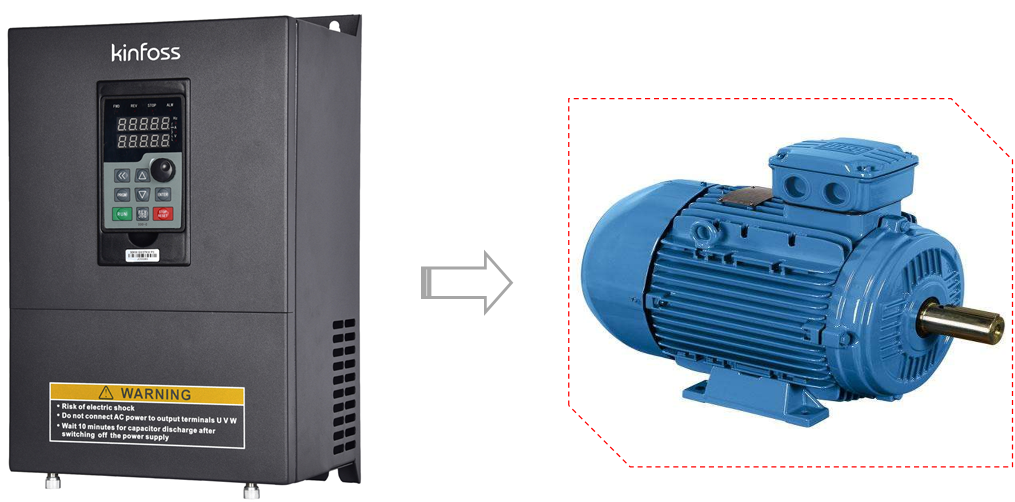Industry news
Frequency inverter working principle
Frequency nverter introduction
The frequency converter is mainly used to change the frequency of the AC motor. It is mainly composed of rectification, filtering, inverter, braking unit, driving unit, detection unit and micro-processing unit. The inverter relies on the ON and OFF status of the internal IGBT to adjust the voltage and frequency of the output power, and provides the required power voltage according to the actual needs of the motor, thereby to achieve the purpose of energy saving and speed regulation. In addition, the inverter has many protection functions, Such as overcurrent, overvoltage, overload protection and so on. With the continuous improvement of industrial automation, inverters have been widely used in different applications.

Frequency inverter’s composition
1. Rectifier
It’s used to rectify three-phase (or single-phase) AC power into DC power. In SPWM inverters, full-wave rectifier circuits are mostly used. In most medium- and small-capacity inverters, rectifiers use uncontrollable rectifier diodes or diode modules.
2. Inverter
Its function is opposite to the rectifier, it is to invert the direct current to the alternating current with variable voltage and frequency, so as to realize the variable frequency speed regulation of the AC motor. The inverter circuit consists of switching devices, and most of them use bridge circuits, it is called inverter bridges. In the SPWM inverter, the switching device under the control of the SPWM modulation signal in the control circuit, and inverts the direct current into three-phase alternating current.
3. Control circuit
This part of the circuit consists of arithmetic circuits, detection circuits, drive circuits, protection circuits, etc., generally using large-scale integrated circuits.
How the inverter works:
We know that the AC asynchronous motor speed is calculated as below formula:
n = 60 f (1-s) / p
In this formula:
n --- speed of asynchronous motor;
f --- the frequency of the asynchronous motor;
s --- motor slip rate;
p --- Number of motor pole pairs.
It can be known from formula that the rotation speed n is proportional to the frequency f. As long as the frequency f is changed, the rotation speed of the motor can be changed. When the frequency f is changed in the range of 0 to 50 Hz, the motor rotation speed adjustment range is very wide. The frequency inverter realizes the speed regulation by changing the frequency of the motor power supply. It is an ideal high-efficiency and high-performance speed regulation method.
